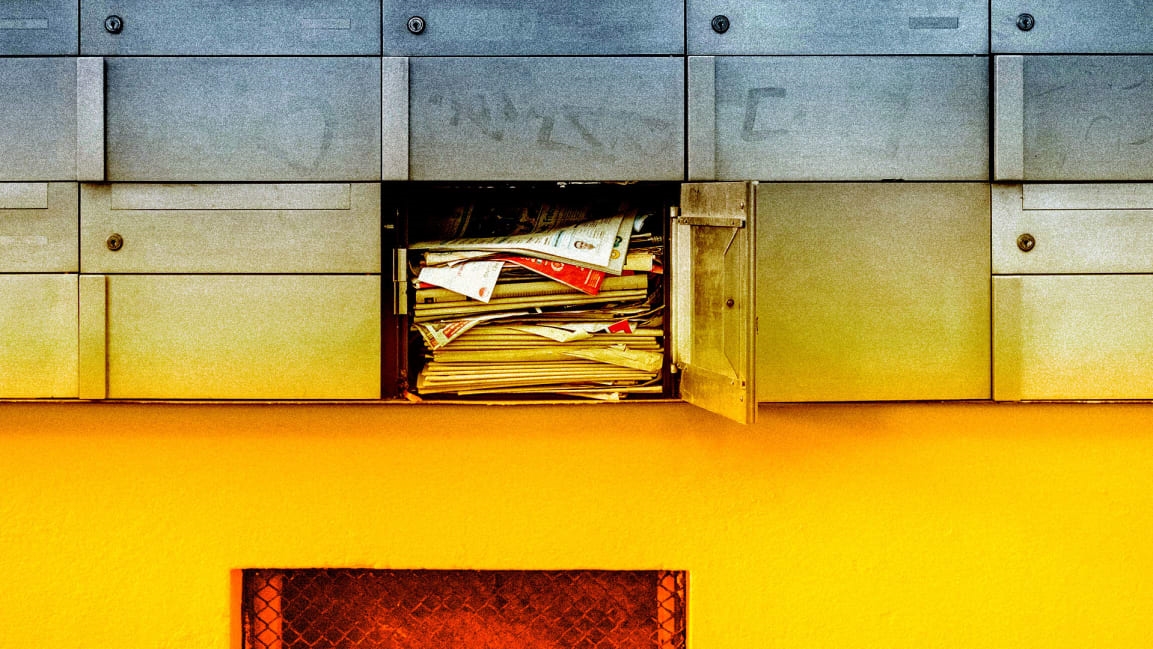How to manage email so that it doesn’t control you
Ping!
“Oh, maybe this is the email I’ve been waiting for. Let me check. Shoot, that’s not it. Hmm, but this invite looks interesting.”
Ping!
“Oh maybe this . . . Darn it.”
Ping!
“I should probably turn off my phone in this meeting . . . but let me check first.”
Silence.
“Hmm, haven’t heard a ping for a while, I should have a look.”
Sounds familiar? Our compulsion to email is a regular feature of modern life. The average office worker receives 126 messages a day, devotes 28 percent of their week to emails, is interrupted 11 times per hour, and opens emails within six seconds of notification. No matter how you slice it, the data is scary.
On the one hand, this might seem like a testimony to the usefulness of email, but it no doubt comes at a price: loss of focus, diminished productivity, and increased stress. However, as the data shows, email is here to stay and remains our primary means of online communication.
Why we’re addicted to email
What is the irresistible pull that email has on us?
In her book, “Unsubscribe: How to kill email anxiety, avoid distractions, and get real work done,” Jocelyn K. Glei sheds light on this question by looking at the psychological principles that make email so compelling:
So what can we do about it? Here are four ideas to help manage your emails.
1. Do an email audit
All personal change begins with self-knowledge and awareness. Research shows that people who track their eating habits eat up to a third less. Track how many times you check your email per day. You’ll gain more awareness of what drives your urge to check emails, and you’re less likely to do so mindlessly.
2. Create an email hierarchy
All emails are not created equal, so you shouldn’t treat them that way. An email by your boss, for example, shouldn’t have the same clearance level as a weekly newsletter.
Behavioral economist Dan Ariely conducted a study in which he asked people to rate the urgency of their last 40 emails. It turns out that only 12% of emails required their immediate attention.
That’s why it makes sense to sort email based on the importance of the sender. This way, you get to decide when (and if) an email by a particular sender will appear in your inbox. Doing this also helps reduce the amount of attention-hijacking dings and buzzes you get throughout the day.
How you create your email hierarchy is up to you. Glei, for example, divides up her email universe into:
3. Join the 5 sentences movement
Challenge yourself to write no more than a five-sentence reply to your emails. Anything beyond five sentences is a phone call or in-person meeting. You’ll save time, be a much more concise communicator, and you’ll be kinder to your readers. That increases the likelihood of you getting a response. A study conducted by email scheduling plugin Boomerang showed that emails between 50 and 125 words had the highest return rate.
4. Batch your email
Batch processing means checking and managing your email at set times during the day. This way, you can be strategic instead of reactive with incoming messages.
The key to batching well is to disable notifications and pop-ups and block out time for batching on your calendar. Most people select three periods of batching throughout the day, but it depends on your needs. If you need more, take more. Just stay deliberate.
Email is by far the most widely used communication tool, particularly at work. But its design and success can make it feel like our inboxes control us. To flip the script, we must become deliberate and create effective habits. Remember, it’s not just about spending less time with email; it’s about spending more time connecting with people, doing truly meaningful work, or maybe just taking a deep breath.
Roi Ben-Yehuda is a trainer at LifeLabs Learning where he helps people at innovative companies (like Squarespace, Tumblr, Venmo, WeWork, and Warby Parker) master life’s most useful skills. You can follow him on Twitter.
(37)



